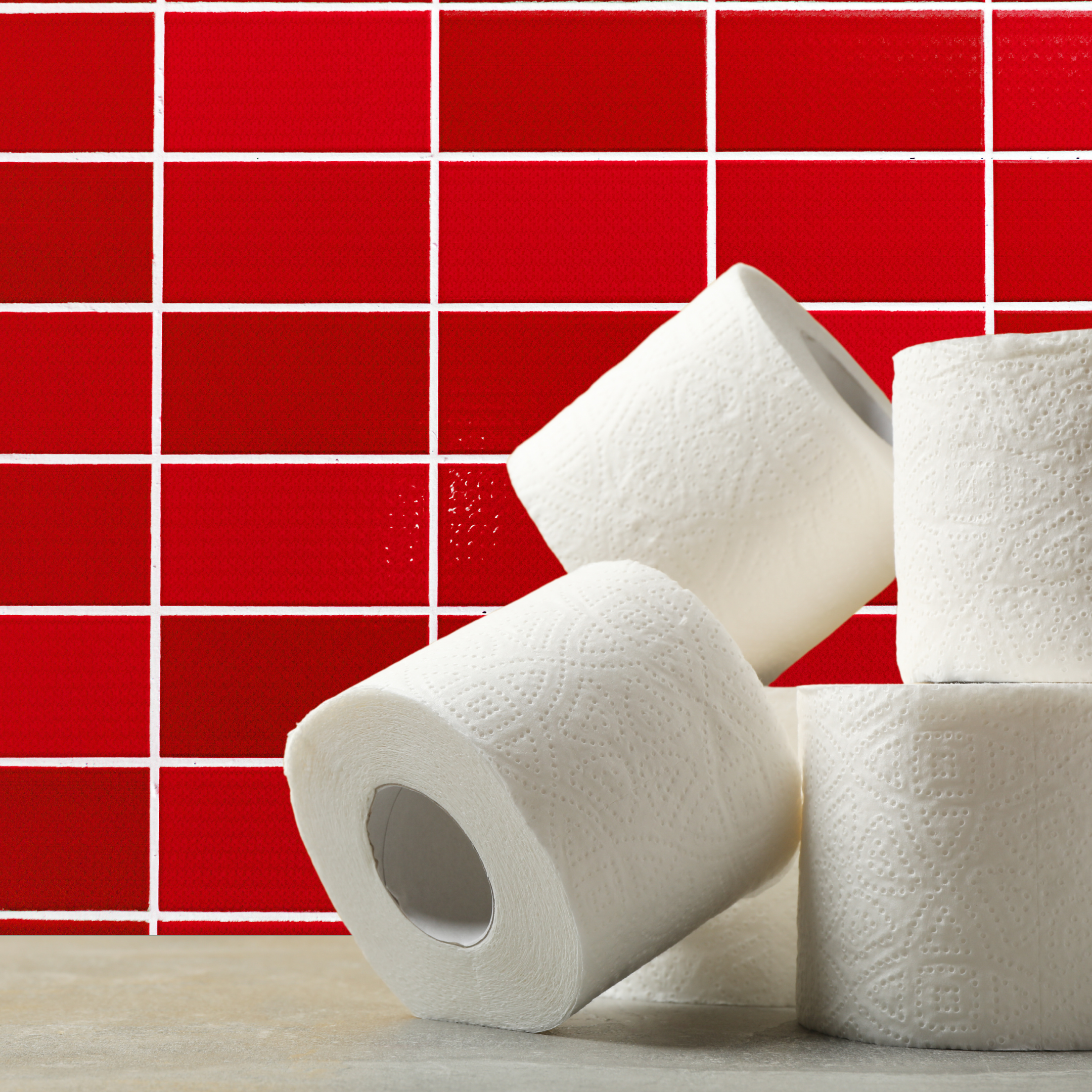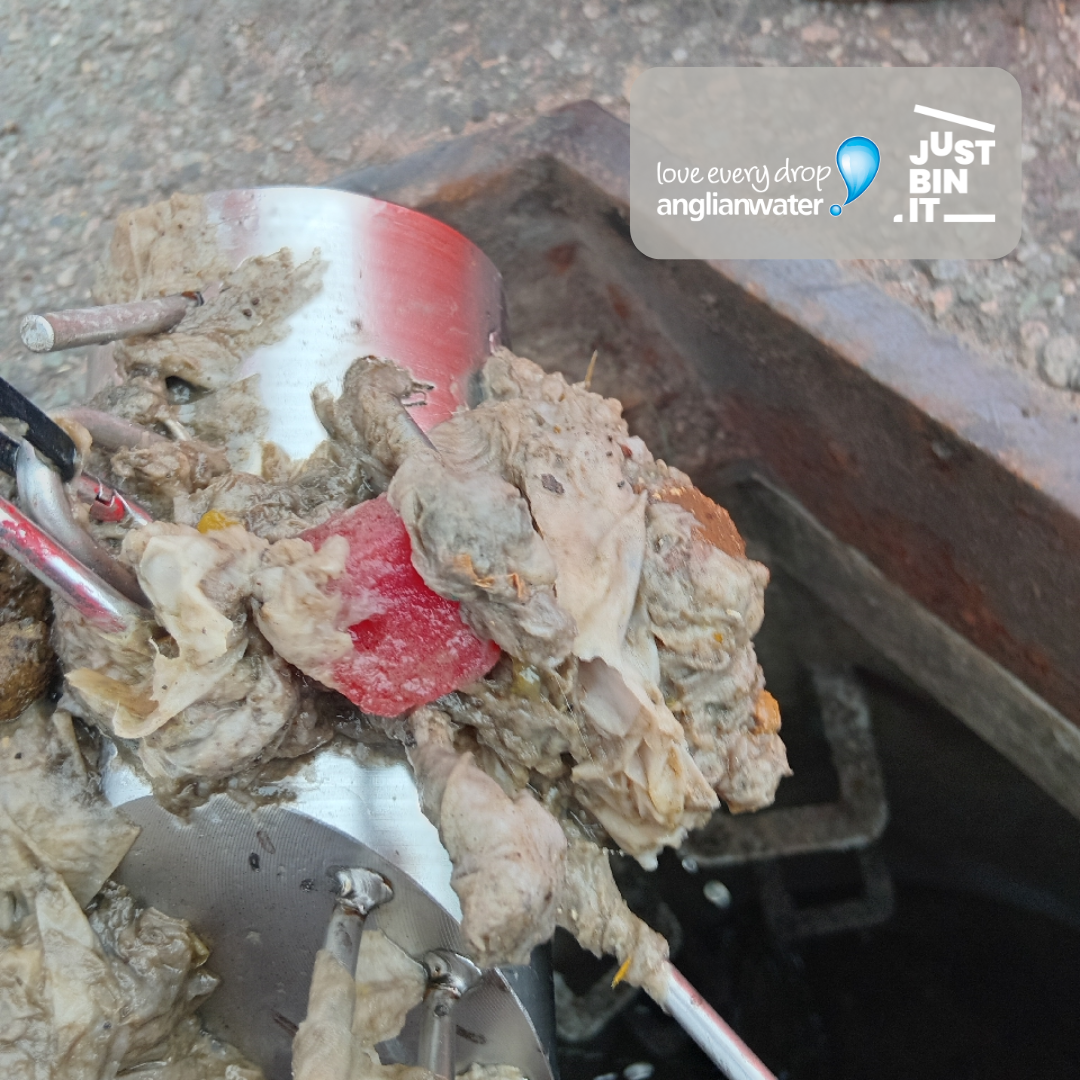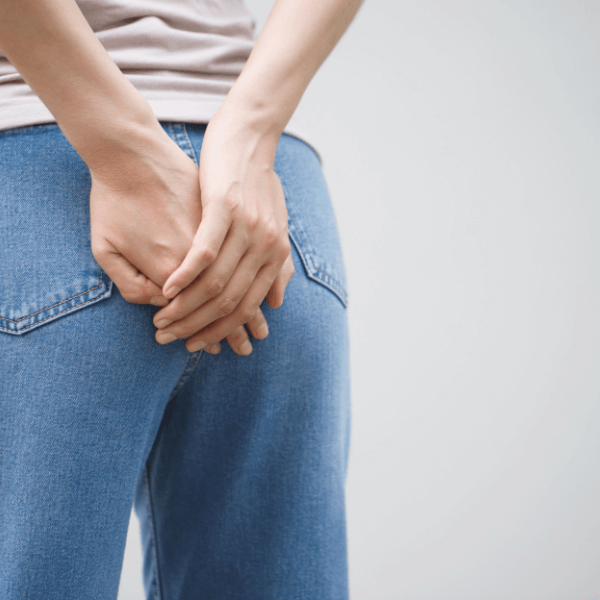Why is There Blood in My Poo? Rectal Bleeding Causes and What You Can do About it

Why is There Blood in My Poo? Rectal Bleeding Causes and What You Can do About it
We’d all probably like to think we know what we’re doing when it comes to toilet time, hell, we’ve been doing it our whole lives! But that doesn’t mean we’ll always be prepared for what might come out of our chocolate starfish, especially when we encounter blood in our stool.
The truth is, it’s thought that 1 in 3 people will experience blood in their stool at least once in their life, and if it’s not you, it’s not us, then it might be time to turn and ask the person next to you about their bottom health...
Jokes aside, seeing red can often have us feeling blue, and it’s often thought that many cases of blood in stool will go unreported due to embarrassment when it comes to our bottoms and their function. Well, we’re here to smash down that poo taboo, swinging the door wide open on conversations about bloody logs, and we’ll do a hell of a lot better than that WebMD or Reddit thread you almost clicked on too!
From minor annoyances like haemorrhoids to more serious conditions that warrant a chat with your doctor, understanding the causes is key. So, grab a magnifying glass as we dive into why checking your stool should be part of your everyday routine, how to prevent those pesky red surprises, and debunk some myths along the way. Trust us, it’s not just about what you ate last night!
Understanding Rectal Bleeding
First Things First: Check Your Poo!
Taking a peek at last night’s dinner might not top your bucket list, but it’s a crucial habit for staying in tune with your backside’s melody. Think of it like checking your car’s oil—it’s not glamorous, but when you don’t do it, it can turn out to be a costly ordeal. Noticing blood in your stool can serve as an early warning system for various conditions. From haemorrhoids to potentially more severe issues like colorectal cancer, but the most important part is that catching changes early can make a big difference.
Regularly inspecting what comes out of your back end helps you identify any unusual changes, such as colour or consistency shifts, which can provide valuable clues about your digestive health. It’s a simple practice that can prevent minor inconveniences from becoming major headaches. Plus, when you’re familiar with the usual state of your stool, you’re better equipped to spot the changes and decide if a healthcare provider needs to get involved. Don’t shy away from this important health check—make it as much a part of your daily routine as your morning coffee, just a bit smellier.
How to Spot Blood in Stool
Spotting blood in your stool can happen in a few different ways, and recognising these signs is essential for understanding what might be going on. You might notice bright red blood streaks on your toilet paper after wiping, which often indicates bleeding from the lower digestive tract, such as haemorrhoids or an anal fissure. If the toilet water turns a pinkish hue, that’s another indication of fresh off the press bleeding.
Sometimes, the blood can be mixed within the stool, giving it a maroon or dark red appearance. Tarry, black stools could suggest bleeding higher up in the digestive system, like a stomach ulcer. Each of these signs points to different potential sources of bleeding, making it important to pay attention to the colour and consistency of your stool. If you observe any of these signs, it’s wise to consult a healthcare provider to help decipher the cause and get appropriate advice.
Causes of Blood in Stool
Lumps and Bumps and Tears, oh my! Haemorrhoids and fissures
Haemorrhoids and anal fissures are two of the most common culprits when it comes to finding blood in your stool. Haemorrhoids are swollen veins in your lower rectum or anus, similar to varicose veins. They can cause discomfort, itching, and bright red bleeding, especially when you strain during a bowel movement. On the other hand, anal fissures are small tears in the lining of the anus, often resulting from passing hard or large stools. This can lead to sharp pain during and after bowel movements, accompanied by visible blood on the toilet paper.
Both conditions usually aren’t serious and can often be managed with dietary changes, increased water intake, and over-the-counter treatments. However, persistent symptoms should be evaluated by a healthcare professional to rule out more serious conditions. Understanding these common causes can help alleviate anxiety and guide you in seeking the appropriate care when necessary.
Scrub up on how to know if you have haemorrhoids.
Gastrointestinal Infections
Gastrointestinal infections are another potential cause of blood in your stool, often accompanied by symptoms like diarrhoea, abdominal cramps, and fever. These infections can be caused by various nasty bugs, including bacteria like E. coli and Salmonella, viruses, or parasites. When these invaders irritate and inflame the lining of your intestines, bleeding can occur, resulting in traces of blood mixed with your stool. The good news is that many gastrointestinal infections resolve on their own, especially those caused by viruses.
However, bacterial infections might require antibiotics, so it's essential to stay hydrated and seek medical advice if symptoms persist or worsen. If you experience a sudden onset of bloody diarrhoea alongside other severe symptoms, it’s a good idea to contact a healthcare provider to get the right diagnosis and treatment plan.
More Serious Conditions
While many causes of blood in stool are benign, some can indicate more serious conditions requiring prompt attention. Colorectal cancer is a significant concern, especially if blood in the stool is accompanied by changes in bowel habits, unexplained weight loss, or persistent abdominal pain. Polyps, which are small growths on the inner lining of the colon or rectum, can also bleed and signify potential cancer risk if left unchecked.
It’s important to note that colorectal cancer has a survival rate of around 91% when caught earlier, so if we didn’t make it clear earlier, CHECK YOUR POO! Check out our article on colorectal cancer with Dr James Kinross here.
Inflammatory bowel diseases (IBD) like Crohn’s disease and ulcerative colitis cause chronic inflammation of the gastrointestinal tract, often leading to bloody stools among other symptoms. Another serious cause could be diverticulitis, where inflamed pouches in the colon wall can rupture, causing bleeding and infection. While these conditions sound daunting, early detection and treatment can dramatically improve outcomes. If you suspect something more serious, get in touch with your healthcare provider, they’ll be able to help you figure out what’s going on down there as quickly as possible.
Debunking Myths
Blood in Stool Always Means Cancer
One of the most common myths is that finding blood in your stool automatically means cancer. What WebMD won’t tell you, is while it’s true that colorectal cancer can cause rectal bleeding, it's far from the only cause. More often than not, blood in stool is due to less serious issues like haemorrhoids or anal fissures, especially if the blood is bright red. These conditions are quite common and manageable with lifestyle changes and over-the-counter treatments.
However, it's crucial not to dismiss any occurrence of rectal bleeding. While cancer is not the most likely cause, persistent bleeding should be evaluated by a healthcare professional to rule out any serious conditions. Remember, early detection is key in managing health risks effectively. So, while blood in stool doesn't always signal cancer, it’s a sign worth checking out to ensure peace of mind and health assurance. Always keep communication open with your healthcare provider about any concerns.
You Can Ignore Occasional Blood in Poop
Another myth that needs debunking is the idea that occasional blood in poop can be safely ignored. While a single instance of minor bleeding might not be cause for a trip to the doctor, it’s important not to dismiss it entirely.
Regular episodes of bleeding, even if they appear harmless, warrant attention. It’s wise to monitor the situation closely and note any accompanying symptoms such as pain, changes in bowel habits, or weight loss. Keeping a record can be helpful if you need to consult a healthcare provider. Ignoring the signs might delay identifying a condition that could benefit from early intervention. Maintaining an open dialogue with your healthcare provider ensures you’re taking proactive steps for your health.
Prevention and Management
Lifestyle Changes for Prevention
Making mindful dietary choices can significantly help prevent blood in your stool, especially when dealing with common causes like haemorrhoids and constipation. Increasing your intake of fibre-rich foods, such as fruits, vegetables, whole grains, and legumes, can promote regular bowel movements and prevent straining. Fibre adds bulk to your stool, making it easier to pass and reducing the risk of developing anal fissures and haemorrhoids.
Staying well-hydrated is equally important, as it helps soften stool and promotes healthy digestion. Aim to drink plenty of water throughout the day, and consider reducing your intake of caffeine and alcohol, which can dehydrate you. Additionally, incorporating foods rich in probiotics, like yogurt and fermented products, can support a healthy gut flora balance, potentially preventing gastrointestinal infections. By making these dietary adjustments, you can maintain a healthy digestive system and reduce the chances of encountering those unwelcome red surprises.
Gentle yet effecting cleaning after using the toilet
When we’re experiencing blood when we wipe, dry toilet paper could make dark matters worse. Already irritated or torn skin on the anus, mixed with the rough nature of dry toilet paper can worsen the issue, leading to higher chances of bleeding when we wipe.
Many people will turn to wet wipes when they’re experiencing anal discomfort, but the possible harsh chemicals and irritants can make discomfort even more uncomfortable. Using a toilet paper gel, like Wype, with soothing and moisturising ingredients will help to get gently clean whilst nurturing the delicate skin on your bottom. This will help to reduce further irritation, and possibly bleeding, when you need it most.
When to Seek Medical Help
While occasional and minor blood in your stool might not be alarming, certain situations call for consulting a healthcare professional. If you notice persistent bleeding that lasts more than a few days, or if the bleeding is heavy enough to turn the toilet water red, it’s time to seek medical advice.
Symptoms like severe abdominal pain, unexplained weight loss, or changes in stool consistency or colour, especially if your stool appears black and tarry, are also red flags. These could suggest upper gastrointestinal bleeding or more serious conditions like colorectal cancer.
When checking your poo, if you notice a change in bowel movements like blood in your stool, a change of consistency or narrow stool – where the stool is thin and ribbon like - for more than 2-3 weeks, it’s a good idea to go and have a chat with your doctor. They’ll be able to help set you on the right path.
Settling up
It’s never a fun experience when we find blood in our stool, but hopefully now you feel well equipped to go forward with the knowledge of when the right time to seek medical advice is for you. It also might be time, if you haven’t already, to start checking your poo! There’s no age that you should start, everyone should be embracing the routine, but it’s especially important once you get to the age of 50.
We hope that you’re also able to open the conversation about bloody stools with friends and family, as you never know who might be struggling in silence. When we take ownership of our bottom health, we steal power from the stigma, helping ourselves and others get the help they need, when they need it.
If you’ve been struggling with anal bleeding from haemorrhoids or fissures, why not try Wype? Our soothing and moisturising formula encourages effective cleansing, whilst being super gentle on your delicate parts. By taking a gentler approach to post-toilet cleansing, you’re also able to minimise the chances of experiencing these types of symptoms in the future.



Excellent comprehensive advice. It’s about time we stopped shying away from a natural body function and you are helping to achieve that!
Thanks for a really comprehensive overview of knowing what’s normal for me. Shared with my brother and he’s been to GP and is waiting on a colposcopy. Without this chat he might have left things.
Such a great message with easy to follow wording. Working in Bowel Cancer Screening I see so many people come through the system; many reassured, a few discover they need to receive treatment before symptoms – of a variety of conditions – become symptomatic. Almost all say the process is a lot less unpleasant than they anticipated.
This is an excellent article, and for me a very timely one. I’ve just found blood in my poo and having spoken to my Doctor they’re doing various tests to determine the cause. So it’s great to see more info about this.